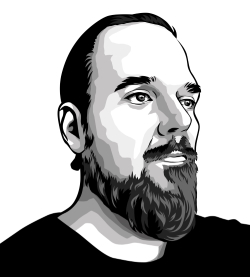What can you expect from practicing Qigong Exercises?
Many people are fascinated by the healing powers of Qigong. It seems the stuff of legend and if you search online, you can read about personal accounts of people who have used Qigong to overcome health challenges. From these personal accounts we know that people have benefited form practicing the exercises of Qigong, but what can you expect?
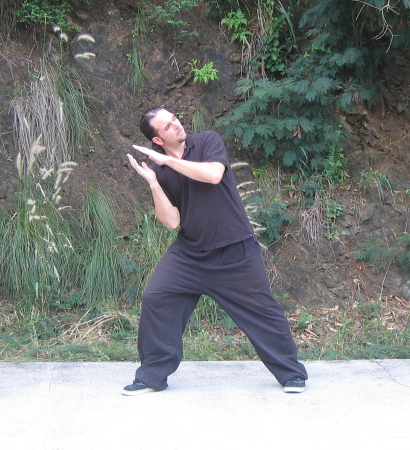
Franklin Fick - Five Animal Frolics - Deer Exercise
First a disclaimer- if you have any health issues always seek the advice of a qualified physician- they are professionals. Don't rely on advice form the internet, always research, and keep in mind the responsibility of due diligence.
First Qigong is not a medical treatment, and as such can not claim to cure or treat any disease. (this is from a legal standpoint). But, Qigong and health exercises have been a part of health maintenance routines both in the East and in the West for a very long time. As a part of Traditional Chinese Medicine, Qigong forms part of a holistic approach to maintaining optimal wellness, along with acupuncture, acupressure, massage, and diet.
Yang Sheng Qigong - Keep Healthy
Ancient Chinese theory is that movement is the essence of life, stagnation brings death and disease, and Traditional Chinese Medical Theory is founded on that assumption. The basis being the 2 energies of Yin and Yang, which are used to describe the interplay between form and function, movement and stillness, and expanding (heat) and contracting (cold).
The ancient Chinese observed nature and noticed that running water never gets stale and that door hinges (made of wood) that are always used never get worms. This is the basis for much Qigong theory. Consistent exercise improves the flow of vital energy and blood. Gentle movement practices remove stagnation and improve circulation. This maintains the body and allows the body to also become stronger over time.
So far what we have described is called general health maintenance Qigong. These are exercises that provide a balanced workout for the entire body and can be used as a health maintenance routine which will help the body reach its optimal level of performance and strengthen itself over time. This is accomplished because the exercises gently stimulate the body, the joints, muscles, nerves, internal organs, etc, every part of the body is gently worked and massaged. This is all done in a low impact way that does not leave the practitioner out of breath or exhausted at the end of practice. There is no need to recover from such an exercise practice, so in theory this would leave the body stronger after each practice. The results of practicing for a short period of time might not dramatically show in a healthy person, but long time practice over time can show tremendous results.
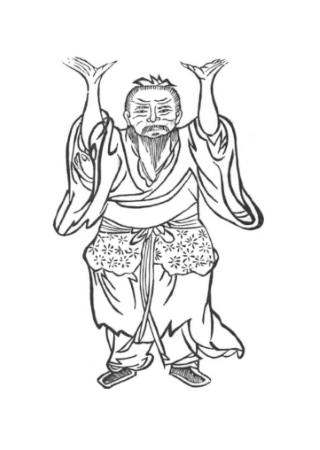
Medical Qigong Exercise from Old Text
Medical Qigong
There is another type of Qigong which is called Medical Qigong. This is different from General Health Maintenance Qigong in several ways. First Medical Qigong practices address a certain disharmony in the body. Because they address a certain disharmony in the body these types of exercises are not suitable for everyone to practice. They are only for people who need to have some imbalance addressed. Once the disharmony is alleviated then there is no more need to practice the exercise. This is a specialized knowledge of Qigong and requires guidance. Choosing the right exercise for the internal condition of the body requires knowledge of Traditional Chinese medical Theory and also a very good understanding of many Qigong exercises and how they work. This type of knowledge was traditionally an aspect of Chinese Medicine, but unfortunately in the modern time there are not many practitioners that are qualified to address imbalances with exercise recommendations.
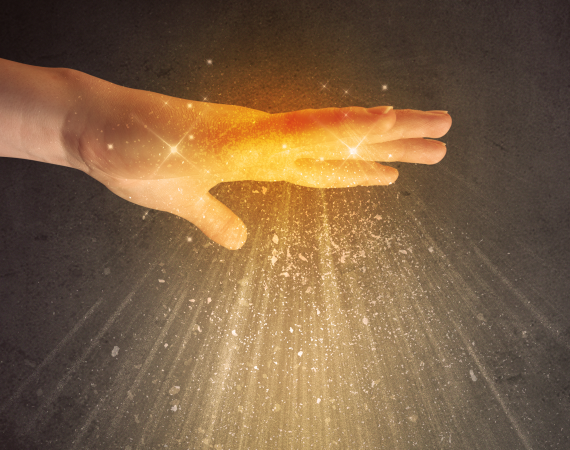
External Qi Healing
External Qi Healing
There is also something called External Qi Therapy that is sometimes used to address imbalances in the body. This is an actual Qi or energy treatment that is given to a person, much the same way that acupuncture, acupressure, or massage is given. The difference is that it only uses energy and is sometimes done with touch and sometimes done without touch. This technically is not Qigong exercise, but instead is a medical application of Qi or energy that is sometimes used in Traditional Chinese Medicine and also in folk medicine 9from many cultures). I think that the biggest drawback of this type of practice is that there are many charletons out there that will con people out of their money. They are providing a service without measurable substance or results and it is easy for them to get away with it, usually with lots of smooth talk about theory and leading statements about what should be felt until the person believes that they are feeling what they "should" be feeling.
Correct Imbalance When it is Small
Lets switch gears and talk a little more about Qigong theory and how exercise can be an important part of a health maintenance routine. The Chinese believe that imbalance starts off small and then if not addressed can become larger and larger and more serious. In this train of thought small imbalances can be rectified by small changes. Small imbalances might be able to be addressed by small changes in lifestyle. Exercise and diet might be able to address slightly larger imbalances. As the imbalances become bigger and bigger more drastic measures are need to restore balance such as massage therapy, acupressure, acupuncture, and herbal medicine.
The Chinese believe that it is always best to correct imbalances when they are small and to try to never let the imbalance become bigger. Qigong is the practical way to achieve this with simple, gentle daily exercise to stimulate all parts of the body and improve circulation. When you look at Qigong from this perspective you can see the real beauty and logic behind these practices.
